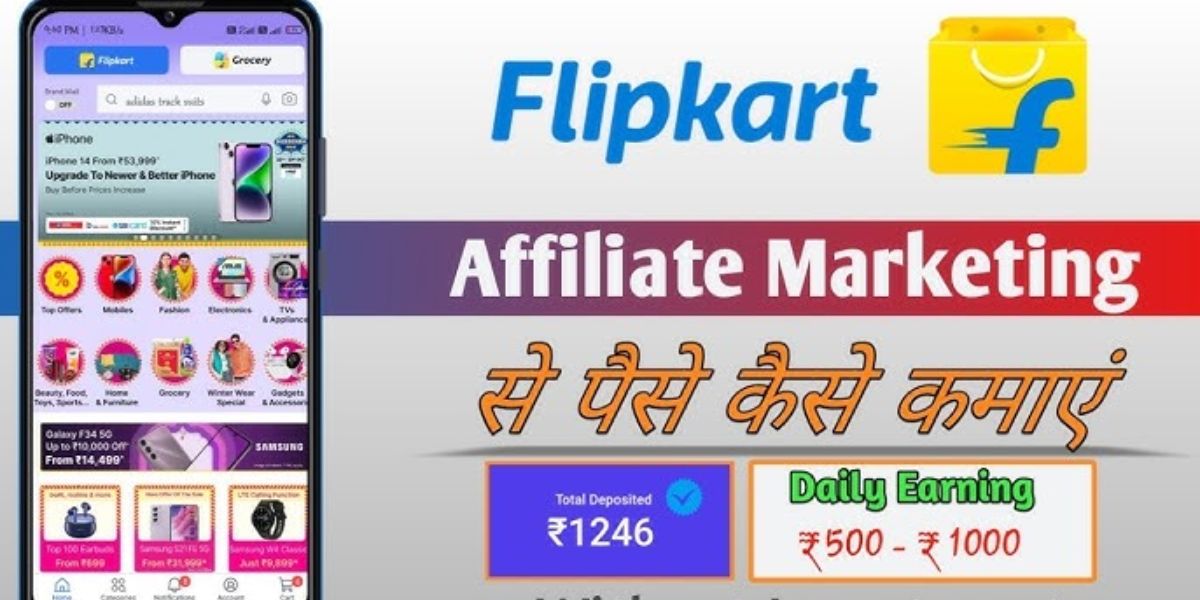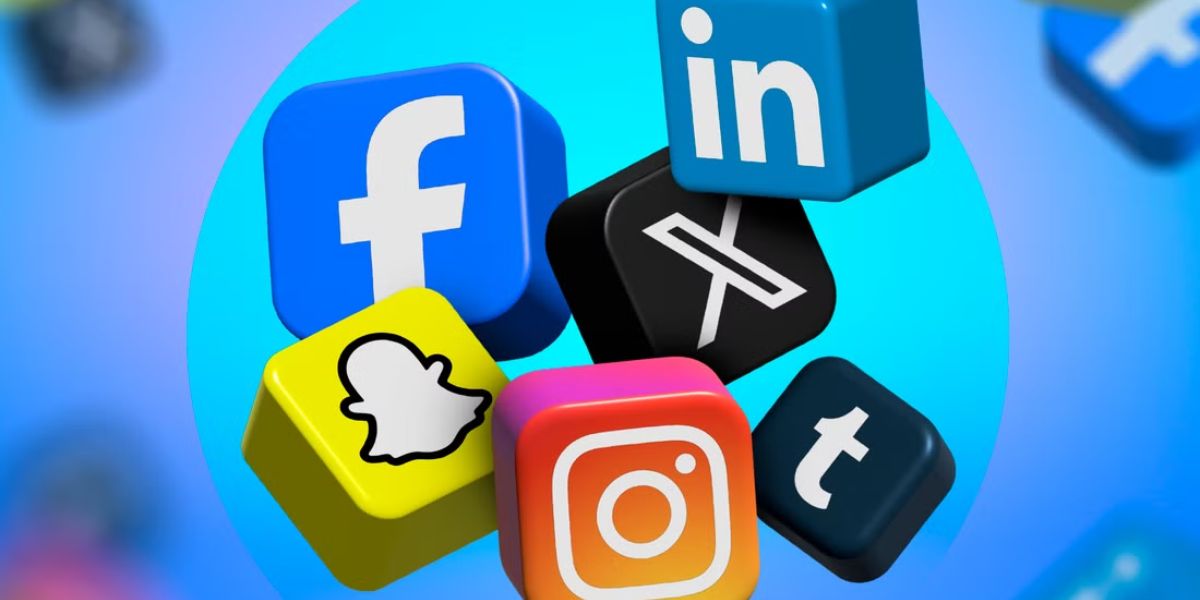storytelling and marketing:

Have you ever sat around a campfire, entirely enthralled by a story? Well, imagine having your brand do the same for the customer and have them be your brand’s savior. That’s the power of story marketing! It is not just about selling or buying things, but indeed connection creation that goes straight into the heart of individuals.
Storytelling can become the make-or-break for your brand, be it a small one or a giant one. We shall ripen the discussion on how story marketing precisely works, why it matters for your brand, and how it works in real life with examples, so your brand shines.
What is Storytelling in Marketing?

Storytelling in marketing is the way to convey a brand’s message in a personal and exciting way. Rather than listing facts or features, marketing storytellers create a tale that holds attention and arouses interest. It is like telling a friend about a fun conversation instead of handing out a dreary list of details. Thus, storytelling engages attributes of emotion, character, and the experience and builds a deeply relational connection with the audience.`
`It’s like a bridge between the brand and the customer. In this way, stories not only sell products but also tell things about the people behind the product and their beliefs and practices regarding its importance. For example, a coffee shop could tell the story of how their beans come from a small family farm, with images of all the hard work and love put into every cup, making their drink stand for something.`
`Storytelling marketing has been with us forever. Humans have been telling stories since the dawn of time, and we are genetically made to love them. Today, brands capitalize on that natural love to attract large audiences. Whether through video, social media posts, or websites, brand storytelling is a way to communicate your values and the trust behind them. This creates an easy yet impactful way to humanize the business forever within any ear that hears that story.`
Why is Storytelling Important in Marketing?
Storytelling and marketing are inseparable as stories glue your brand into the minds of consumers. Research indicates that we are 22 times more likely to remember a story than a fact; that is the legacy of storytelling brands. A great story cuts through the clutter and grabs attention amid a cacophony of ads and noise. Being audible is useless. Being memorable is not!
Another issue with storytelling marketing is that this tactic connects with emotions among the audience. An individual feeling happy, ecstatic, or sad would have personal connections with your brand. Take a pet food company that narrates the tale of a rescue dog finding a forever home, causing consumers to feel all warm and fuzzy. This emotional affinity pivots one-time buyers to become fans for life.
Furthermore, story marketing helps to distinguish your brand from the competition. Suppose everyone is shouting about their product features. In that case, a storytelling marketing approach gives you a voice to communicate values and personality that build your brand into something bigger than a logo. Consumers trust brands they connect to, and stories naturally create that connection.
In short, storytelling marketing creates motivation. A hallmark of a great story is its ability to spur people toward action: buying, sharing, or joining the journey with you. When the narrative establishes the need for your message, it becomes much easier for people to understand why they need you. Hence, storytelling is a true marketing revolution for any company wanting to remain etched in memory.
Key Elements of a Powerful Marketing Story

Creating a powerful marketing story does not rely on putting together random words; these must be the pieces that make the magic work. First, there should be a more universal character so that the audience may truly see themselves in this person, or come to love this character. This may be a customer, a founder, or, if needed, an imaginary hero, as in these brand-narrative examples of big companies. This is what makes your account come off as authentic and very personal.
1. Relatable Character
-
Your story needs a main character that the audience can connect with.
-
This could be a customer, founder, or even a fictional hero.
-
The character helps humanize your brand and adds emotional depth.
-
Authenticity makes the narrative feel personal and real.
2. Problem or Challenge
-
Every good story needs conflict or tension to stay engaging.
-
Highlight a relatable problem your audience cares about.
-
For example, a skincare brand may share a struggle with acne.
-
The challenge builds curiosity and keeps your audience hooked.

3. Your Brand as the Solution
-
Now introduce your product/service as the turning point.
-
This isn’t about boasting — it’s about showing impact through the story.
-
Let your brand shine naturally as the helper or hero.
-
Make it clear how you solve the problem effectively.
4. Emotional & Satisfying Ending
-
Wrap up with a happy, inspiring, or emotionally satisfying conclusion.
-
Highlight the transformation or benefit experienced.
-
Make it memorable with strong visuals, emotions, and a message.
-
The ending helps your brand stick in the minds of your audience.
How to Create a Compelling Brand Story

Remember who you are and what makes your business unique to create a good brand story. Ask yourself why your product exists, what your beliefs are, and how that will help people daily. This foundation will serve as the origin of your storytelling and marketing, thus filling in the heart and soul. Write down your mission and values to maintain a focused, accurate story.
Now, think about the people whose attention you want to capture and what is of most significant concern to them. A good marketer places the customer at the center of the macrocosm and treats them as the plot’s hero. Consider this. If you sell green bags, your storytelling goes well if you tell the tale of a busy mom doing her bit to reduce waste with your product. Marketing storytelling connects the dots with more prominent imprints of brand consciousness.
Keep your story simple, but describe it with contoured details that paint a picture in people’s minds. Employ story marketing hacks with sights, sounds, or sensations to allure readers in an organic manner. Don’t use complex words or overly detailed explanations; let the story flow like an informal conversation with a friend.
Try testing your commercial storytelling session with some individuals to see whether it clicks. Do they feel connected or motivated? Make revisions based on feedback, thus strengthening it. Once you’ve ditched the story, put it everywhere from a website to social media or advertisements: With this kind of spread, a good story will have audience members convert from mere spectators to crazy fans with every word they hear about you.
Best Examples of Storytelling in Marketing
Let’s look at some fantastic examples of marketing that show how storytelling brands shine. First, Nike’s “Just Do It” campaign is a classic example of marketing brilliance. They tell stories of athletes overcoming tremendous obstacles, like running marathons with no shoes, inspiring people to push their limits. This storytelling marketing makes Nike more than a shoe brand; it’s a symbol of grit and courage.
Coca-Cola’s “Share a Coke” is another gem in story marketing. By putting names on bottles, they turned a simple drink into a personal story of friendship and connection. People loved finding their names or gifting a Coke, making it a global hit. This brand narrative example shows how small details create big emotions.
Dove’s “Real Beauty” campaign uses storyteller marketing to celebrate everyday women, not models. Their ads share stories of self-love and confidence, breaking beauty stereotypes beautifully. It’s a powerful marketing example that builds trust and loyalty with millions.
Airbnb’s “Host Stories” is a perfect storytelling in marketing move. They share tales of hosts opening their homes, like a grandma welcoming travelers, making the brand feel warm and human. These examples for marketing connect people to the idea of belonging anywhere.
Finally, Patagonia’s environmental tales in brand storytelling inspire action. They share stories of protecting nature, like saving rivers, tying their clothes to a bigger purpose. These marketing examples prove that storytelling and marketing can make your brand unforgettable by touching hearts and sparking change.
Conclusion | Storytelling and Marketing
Storytelling in marketing is your secret weapon to make your brand unforgettable. It connects you with customers through emotions, builds trust, and naturally sets you apart from the crowd. Story marketing turns your brand into a story people love by using relatable characters, real problems, and happy endings. Look at examples of marketing like Nike or Dove—they show how powerful tales win hearts every time. Start crafting your brand storytelling today, share it widely, and watch your audience grow. What story will you tell to make your brand shine?







